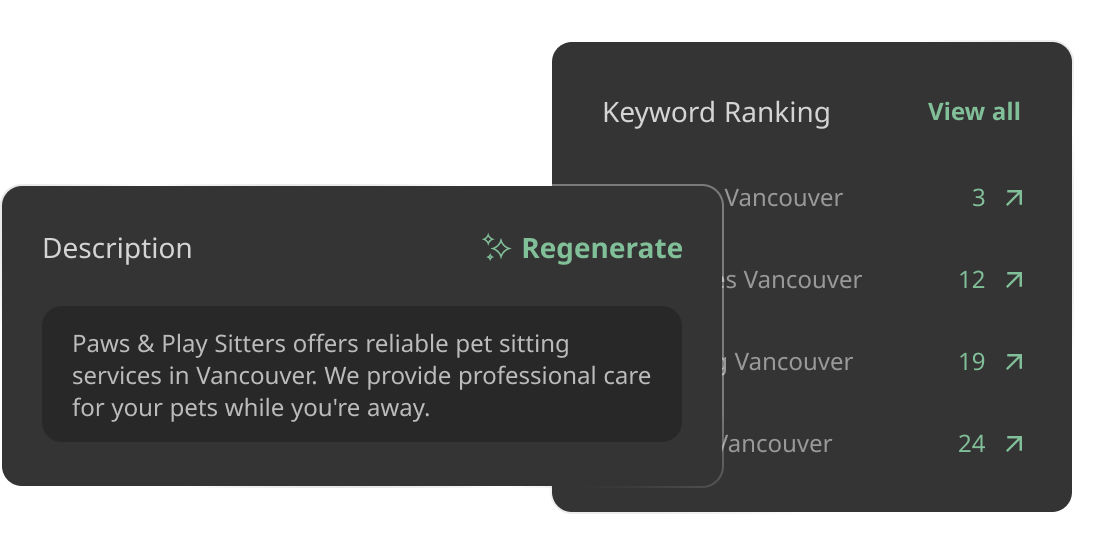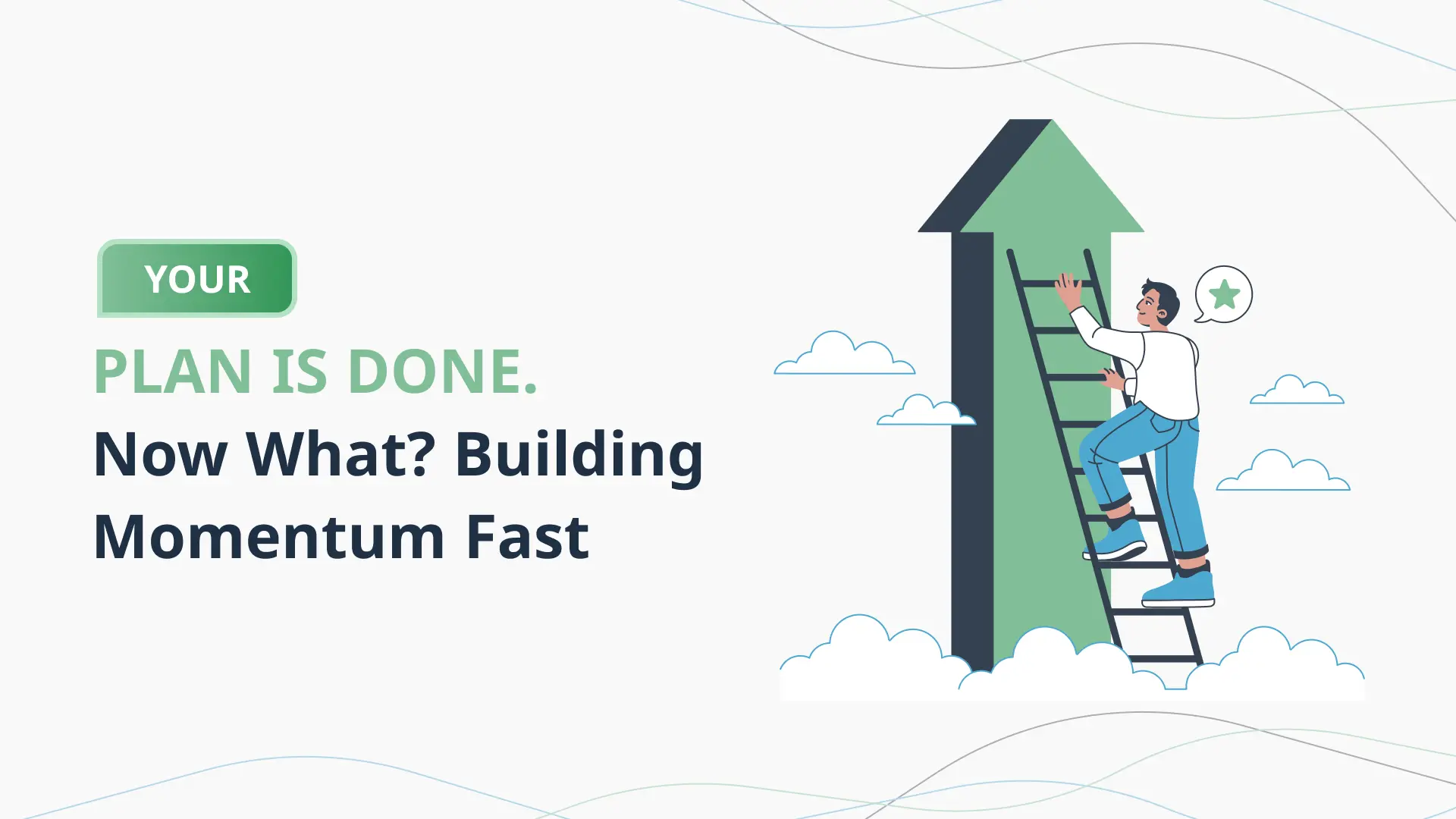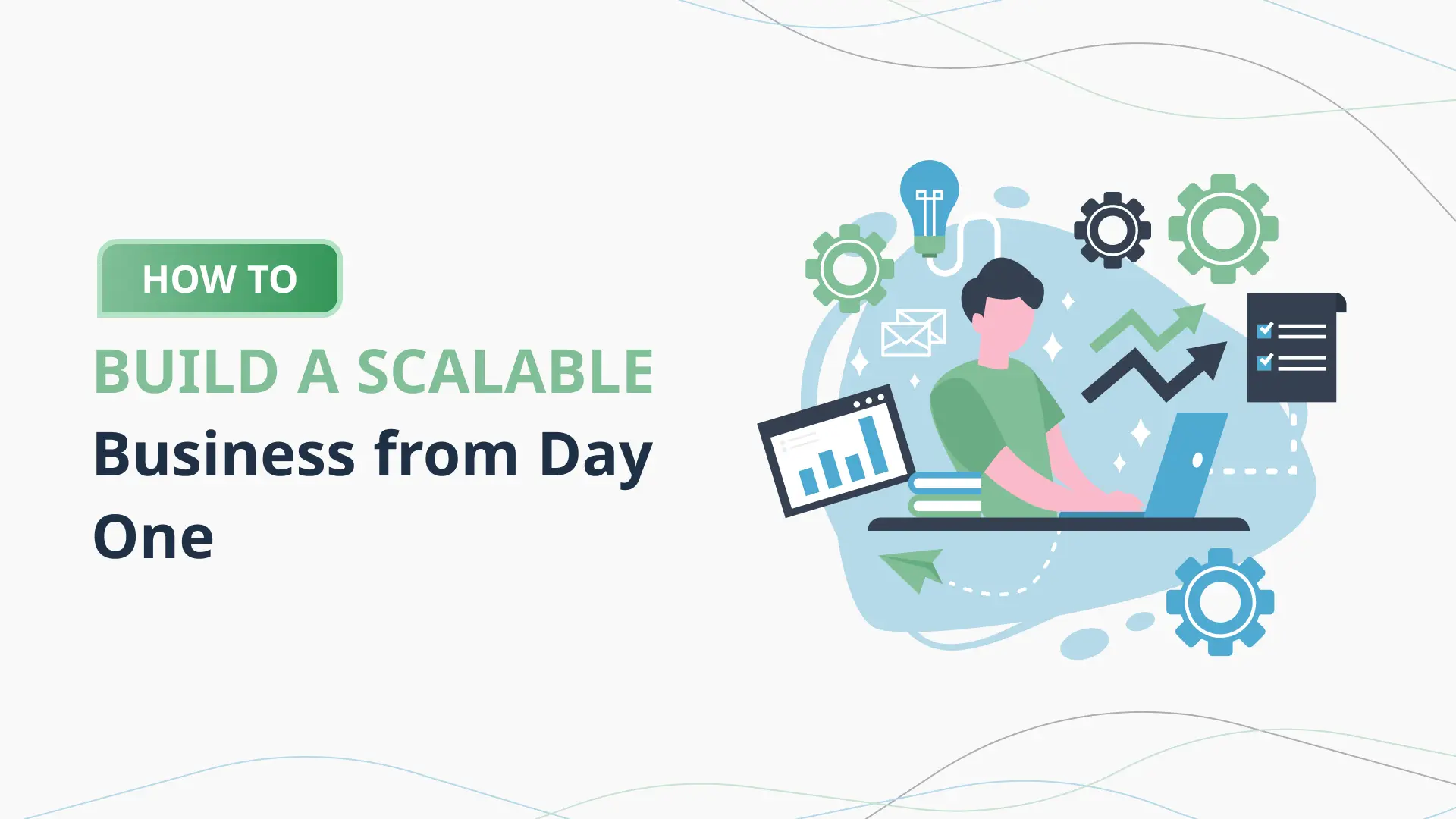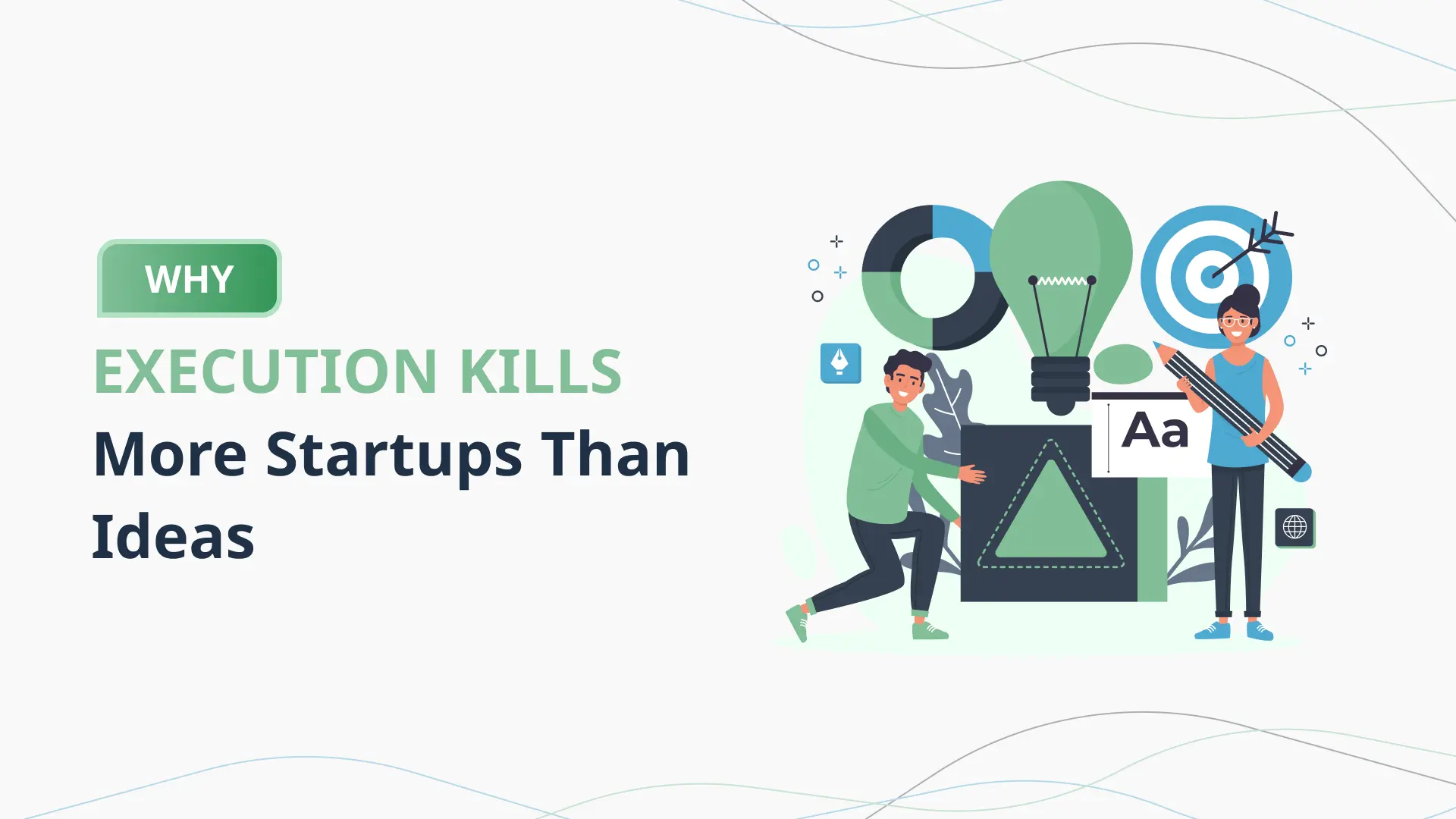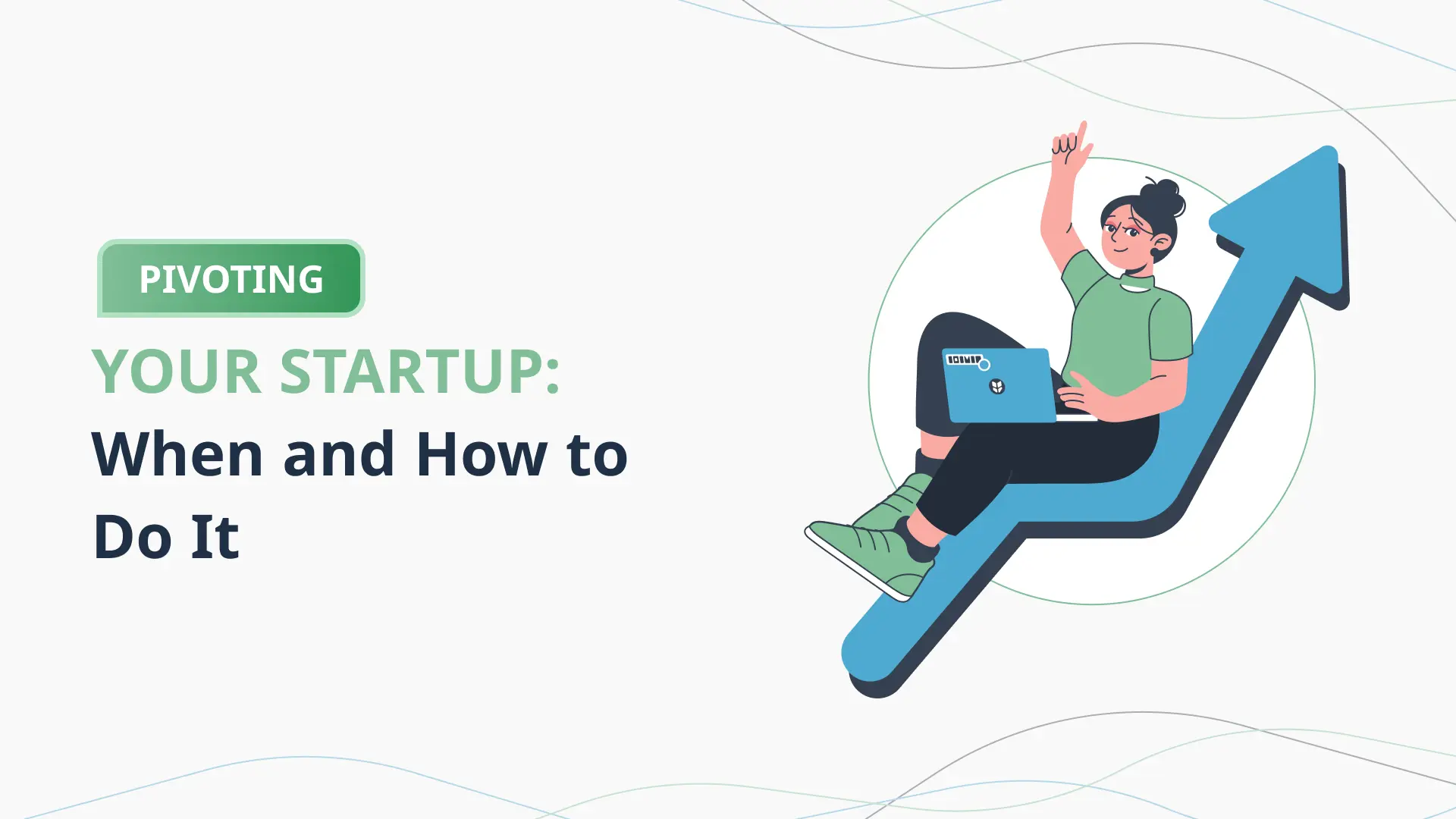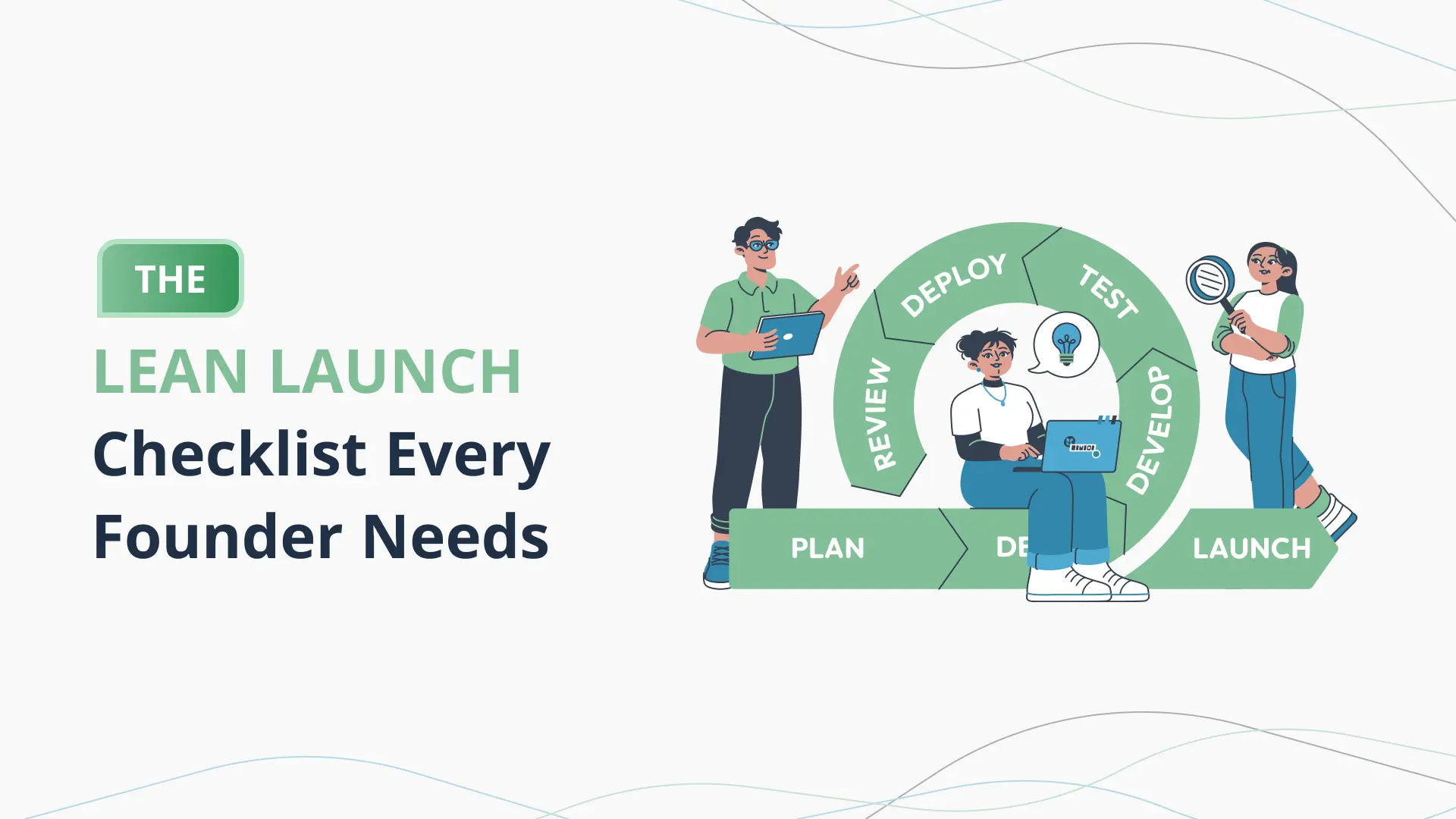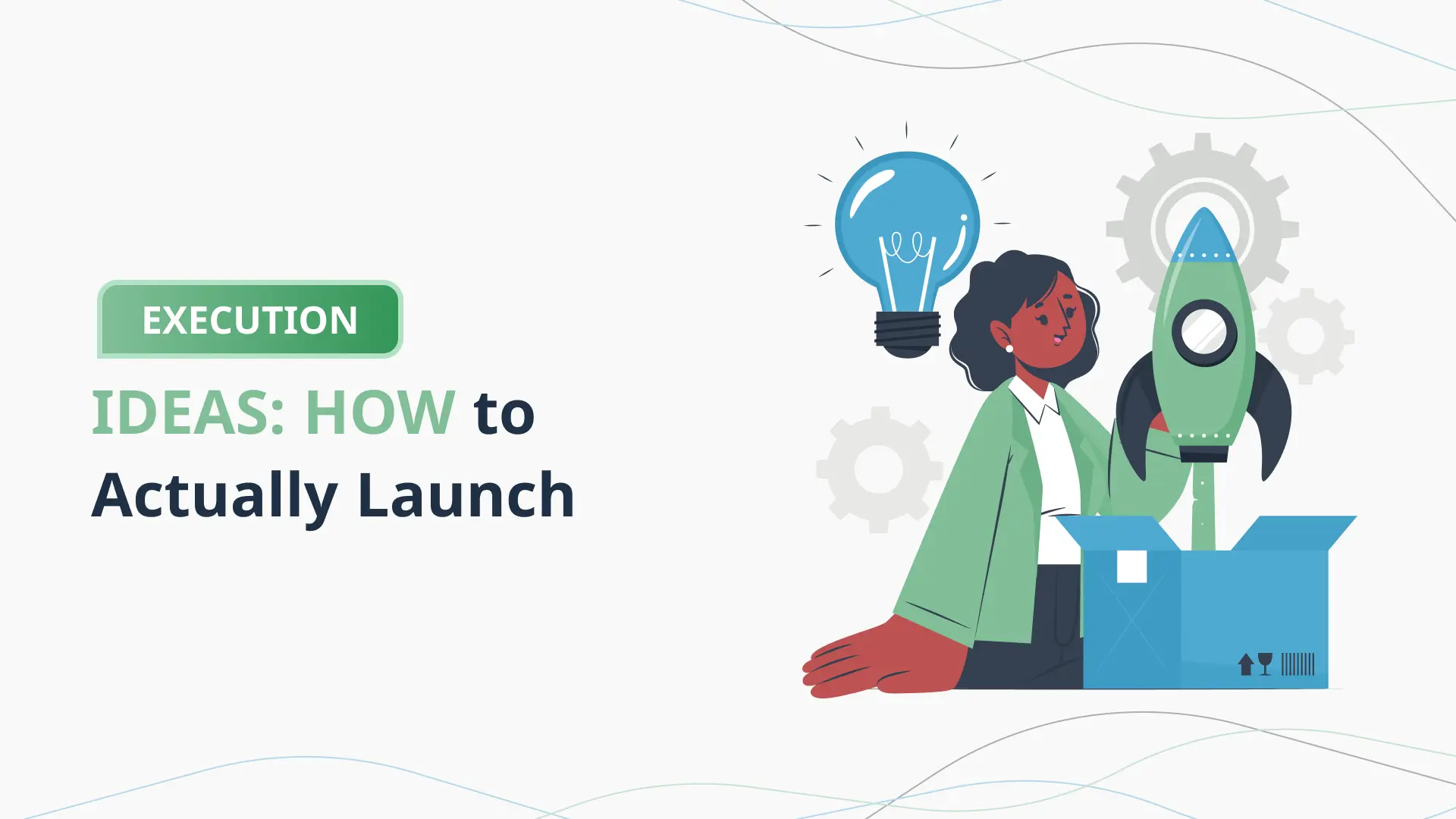How to Pitch When You’re Not a Designer or Salesperson

Introduction: How to Pitch When You’re Not a Designer or Salesperson
Pitching your idea or business can feel overwhelming—especially if you don’t come from a background in design or sales. Maybe you’ve developed a groundbreaking app, identified a gap in the market, or have an innovative product idea ready to go. But when it’s time to present it to investors, partners, or even your first customers, you might find yourself stuck, unsure how to turn your concept into a compelling story. This challenge is surprisingly common. Many startup founders and early-stage entrepreneurs struggle with how to pitch effectively when they don’t feel like “natural” presenters.
Yet, successful pitching doesn’t require flashy design skills or a polished sales persona. What truly matters is clarity, confidence, and a structured plan. With the right strategy, anyone can craft and deliver a persuasive pitch. This blog is designed to guide non-designers and non-salespeople through the pitch process—breaking it down into actionable steps you can use whether you’re prepping for an investor meeting or a casual networking chat.
And here’s where tools like the PlanVista app come in. As a powerful AI business plan tool and startup planning platform, PlanVista helps you organize your thoughts, shape your message, and build a pitch deck that speaks for itself—even if you’ve never created one before. Whether you need a business plan generator to map your strategy or a startup planning tool to visualize your goals, PlanVista simplifies the backend so you can focus on the front-end delivery.
Understanding the Core of a Great Pitch (Even If You're Not a Pro)
Let’s get one thing clear: a great pitch isn’t about charisma or a slick slide deck—it’s about connection. Your goal is to make your audience understand the value of what you’re offering, why it matters, and why you’re the right person to deliver it. Whether you’re talking to investors, mentors, or potential partners, the best pitches tell a story that makes your idea impossible to ignore.
This starts with understanding the core elements of a pitch. The foundation is simple but often overlooked: clarity, relevance, and purpose. Clarity means stripping away industry jargon and focusing on a message anyone can understand. Relevance means connecting your idea to a real-world problem—something your audience can relate to or care about. Purpose means defining what you want out of the pitch: funding, feedback, collaboration, or support.
Now, if you’re not a designer, you might think your slides won’t measure up. If you’re not a salesperson, you might worry about not being persuasive enough. But here’s the truth: people invest in people, not just products. When you speak with conviction and authenticity, you can build trust far more effectively than with design gimmicks or rehearsed sales lines.
That’s where having the right tools makes a difference. A structured business plan created using an AI business plan tool like the PlanVista app can provide clarity and flow to your pitch. PlanVista helps you outline your value proposition, define your market, forecast financials, and align your goals—all in a clean, easy-to-understand format. With PlanVista, you’re not starting from scratch. You’re supported by a startup planning tool that simplifies complex business elements into pitch-ready content.
Think of your pitch as a narrative. It begins with a problem, introduces your solution, outlines why it’s different, and explains how you’ll execute it. Include real-world context—like the gap in the market or customer frustrations you’ve witnessed—and tie your insights to the broader industry trends. Numbers help too, even if they’re projections. Investors and stakeholders like to see that you’ve thought through the mechanics of your idea.
And remember, you don’t need to present a polished final product—you need to present belief, backed by thoughtful planning. Your audience isn’t expecting perfection. They’re looking for vision, potential, and readiness to take the next step. So rather than trying to be someone you’re not, focus on communicating your idea as clearly and honestly as possible. Your authenticity is your greatest asset.
When used right, a business plan generator like PlanVista becomes your silent co-founder—organizing your ideas, sharpening your message, and helping you pitch like a pro without needing to be one.
Crafting a Pitch Without the Frills: Strategy Over Style
When you’re not a designer or salesperson, it’s tempting to think that a great pitch requires slick visuals or a silver tongue. But let’s debunk that myth: effective pitching is about substance, not style. It’s about making your audience see the potential of your idea through a structured, thoughtful, and genuine presentation. In fact, the best pitches often come from founders who speak plainly, yet passionately, about the real-world problems they’re solving.
The first step is to understand that you don’t need a design-heavy deck. Instead, focus on the narrative structure of your pitch. Begin by defining the problem in a way that’s easy to grasp. Avoid buzzwords and focus on impact. Is there a pain point you’ve personally experienced? Have you seen inefficiencies or unmet needs in a specific industry? Tell that story. It’s relatable, and more importantly, it’s memorable.
Next, present your solution with clarity. Explain what you’re building, why it works, and how it improves upon existing alternatives. Here’s where a startup planning tool like PlanVista becomes invaluable. Using PlanVista, you can structure your business plan clearly and logically, ensuring you hit all the important components—market opportunity, business model, customer acquisition strategy, and financial projections. The PlanVista app isn’t just a business plan generator; it’s your strategic backbone when you’re trying to articulate your idea in a compelling way.
Even if you’re not a numbers person, don’t shy away from metrics. Show that you’ve done your homework. Even basic projections—created with support from an AI business plan tool like PlanVista—can demonstrate your understanding of the business side of things. Investors and partners aren’t expecting perfection; they want to see that you’ve thought things through and have a roadmap for growth.
Also, remember that engagement matters more than polish. If you’re presenting in person, don’t obsess over having the perfect slide transitions or animations. Speak with intention. Make eye contact. Use your hands to emphasize key points. If you’re pitching via email or a written deck, keep the layout simple and clean. Let the content shine.
Finally, always close with a clear call to action. Whether you want a follow-up meeting, feedback, or funding, don’t leave your audience guessing. Be direct, but respectful. Frame your ask in a way that aligns with the value you’re offering.
Your strength lies in your authenticity. You’re not trying to “sell” in the traditional sense—you’re sharing a vision. When supported by a structured business plan from a tool like PlanVista, that vision becomes tangible. You don’t need to be a designer or salesperson to pitch effectively.
Leveraging Storytelling When You’re Not a Natural Pitcher
For founders who don’t have a background in sales or design, storytelling becomes one of the most powerful tools in the pitching toolkit. It’s the great equalizer. You don’t need technical skills to tell a story that resonates—you just need honesty, clarity, and a personal connection to your idea. Storytelling is what transforms your pitch from a list of features into a compelling journey that your audience wants to join.
Start by digging into your “why.” Why did you start this venture? What problem did you see that pushed you to act? Maybe you faced that problem yourself, or maybe someone close to you did. These personal anecdotes are what anchor your pitch in reality. Investors hear data all day long. What they remember are the stories—the late nights, the breakthroughs, the real-world frustrations that led to your “aha” moment.
Once your story has a strong opening, frame the stakes. What happens if this problem remains unsolved? What is the cost—not just financially, but in time, energy, opportunity? When people understand the pain, they’re more likely to value your solution. Then, introduce your product or service as the natural answer to that pain. This narrative arc—problem, struggle, resolution—isn’t just engaging; it’s also persuasive.
Of course, it helps if your storytelling is supported by a strong foundation. That’s where tools like the PlanVista app come in. With this AI business plan tool, you can build out the structure of your pitch with confidence. PlanVista helps you map out your business plan, define your market, articulate your competitive advantage, and clarify your financials—all without needing to be a business expert. This structure allows your story to shine, grounded by clear facts and figures.
Another tip: include other people in your story. Mention feedback from early users, testimonials from beta testers, or insights from advisors. This shows you’re not just in your own head—you’re building something with real-world validation. You can even talk about your team. You don’t need a flashy resume to prove credibility; just show that you and your collaborators have the grit and vision to execute.
And if you’re nervous about delivery, rehearse your story out loud. Not to memorize it, but to feel comfortable telling it. Practicing helps you find natural rhythms and refine awkward phrasing. You’ll come across as more confident—not because you’re performing, but because you believe in what you’re saying.
Remember, people invest in people. They want to feel connected to your mission and inspired by your determination. You don’t have to be a professional speaker to pitch well. You just have to tell your story—clearly, passionately, and with a plan behind it. With support from a startup planning tool like PlanVista, your pitch can hit both the heart and the head.
Overcoming Common Pitching Challenges Without Design or Sales Skills
One of the most daunting aspects of pitching when you’re not a designer or salesperson is facing down the internal doubts: “I’m not persuasive enough,” “My slides look amateur,” or “What if they don’t take me seriously?” These concerns are valid, but they don’t have to derail your efforts. The truth is, the startup world is full of brilliant minds who aren’t natural pitchers—and many have succeeded by facing these challenges head-on with strategy, not style.
Let’s start with the design anxiety. Most non-designers worry their pitch decks won’t be visually compelling. But here’s the secret: clean and clear beats flashy every time. You don’t need fancy graphics or animations. What you need is structure—each slide should serve a purpose and flow logically from one point to the next. Tools like the PlanVista app are incredibly useful here. As a startup planning tool and AI business plan generator, PlanVista helps ensure that your content is not only comprehensive but also presented in a clean, professional format. You focus on the substance, and the tool handles the structure.
Then there’s the sales pressure. Many founders believe they need to sound like a seasoned salesperson to win over investors. But pitching is not about delivering a perfect script—it’s about communication. Investors are not just evaluating your idea; they’re evaluating your commitment, your thought process, and your ability to adapt. Instead of trying to “sell,” focus on explaining. What are you building? Why does it matter? How do you plan to bring it to life? If you can answer these clearly, you’re already ahead of the game.
Another common hurdle is confidence—especially when you’re pitching to people with more experience or capital. But remember, no one expects you to have all the answers. What they expect is preparedness and a clear sense of direction. This is another area where an AI business plan tool like PlanVista can support you. By using PlanVista to define your target market, outline your competitive edge, and forecast your revenue, you equip yourself with the kind of insights that boost confidence—not because you memorized them, but because you understand them.
Time is another hidden challenge. Crafting a pitch takes time, and many early-stage founders are already juggling a thousand things. That’s why having access to smart tools is a game-changer. PlanVista helps cut down the hours you’d spend researching templates or figuring out what to include in your pitch. It provides a solid foundation, so you can spend more time practicing and refining your message.
In short, the challenges of pitching without design or sales skills are real—but they’re also solvable. With the right approach and tools like PlanVista in your corner, you can overcome the noise and let your idea speak for itself. You don’t need to be a pitch-perfect performer. You just need a plan that speaks with clarity and purpose.
Practicing and Refining Your Pitch: From Nerves to Natural
Even the most brilliant idea can fall flat if it’s not communicated well. That’s why practice is the secret weapon of every successful pitch—even more so for those who don’t come from design or sales backgrounds. If you’re someone who’s more comfortable building a product than talking about it, rest assured: effective pitching is less about performance and more about preparation. And preparation is something you can control.
Start by treating your pitch like a conversation, not a performance. This mindset shift makes a big difference. Instead of memorizing every word, aim to understand every point. Know your problem statement, your solution, your market, your revenue model, and your ask inside and out. This approach allows you to speak naturally, adapt to questions, and connect with your audience without sounding rehearsed.
Rehearse in different ways. Say your pitch out loud in front of a mirror. Record yourself and listen back to identify pacing issues or points that lack clarity. Present to a friend or mentor who isn’t familiar with your industry—if they understand it, you’re on the right track. Focus on timing, tone, and transitions. A solid pitch usually lands in the 7–10 minute range, enough to convey your vision without overwhelming your listener.
Visual aids can help, but don’t lean on them too heavily. Your slides should be clean, concise, and supportive of your narrative—not a distraction. If slide creation feels like a major roadblock, the PlanVista app can lighten the load. This AI business plan tool helps generate the core elements of your pitch deck, ensuring you’re covering key business areas like your value proposition, financial model, and go-to-market strategy. It doesn’t just give you structure—it gives you confidence.
Another smart move is to role-play different pitching scenarios. Practice for a room full of investors, a one-on-one with a potential partner, or even a casual conversation with a curious stranger. Different contexts call for different delivery styles. The more comfortable you become switching gears, the more versatile and effective you’ll be.
Don’t forget to anticipate questions. What assumptions have you made? What are your biggest risks? How will you acquire your first users? Thinking through these answers shows that you’re not just passionate—you’re practical. This is where a solid business plan created through a platform like PlanVista can make all the difference. The more details you’ve thought through, the more confidently you can respond, even when faced with tough questions.
Lastly, be kind to yourself. Pitching is a skill, and like any skill, it improves with practice. You’ll get better every time you present. You’ll learn what works, what resonates, and what needs to be tweaked. With time and tools like PlanVista, you can go from dreading your pitch to delivering it with ease and authenticity.
The Tools That Make Pitching Easier (Even for Non-Experts)
In today’s startup ecosystem, pitching is no longer reserved for charismatic salespeople or design-savvy founders. Technology has leveled the playing field, giving every entrepreneur—regardless of background—the tools to craft a compelling pitch. If you’re not a natural presenter, knowing which tools to lean on can transform your pitch from overwhelming to outstanding. You don’t have to go it alone.
Start with presentation platforms. Tools like Canva, Pitch, and Google Slides offer clean, user-friendly templates that require zero design experience. These platforms allow you to create visually cohesive slides that support your narrative without stealing the spotlight. Keep in mind, less is more. Each slide should make a single point. Use visuals sparingly and text strategically—think headlines, key stats, and short bullet points.
But visuals are just one part of the equation. Content is where your pitch lives or dies. That’s where the PlanVista app becomes a game-changer. As an AI business plan tool, PlanVista helps you create structured, investor-ready business plans that naturally feed into your pitch. It guides you through essential components: market analysis, revenue models, customer personas, competitive research, and execution timelines. If you’ve ever felt unsure about what to include or how to present it, PlanVista removes that guesswork.
PlanVista isn’t just a business plan generator—it’s a startup planning tool that’s like having a mentor baked into your workflow. It prompts you with the right questions, organizes your ideas into professional templates, and ensures you’re not missing critical details. For non-designers, it takes care of the format. For non-salespeople, it delivers the substance you need to feel confident.
Another underrated tool: feedback. Platforms like Y Combinator’s Startup School, Founder Institute, or even Reddit’s r/startups can offer constructive critique on your pitch. Presenting your deck to others—even informally—can help you refine your message and anticipate tough questions. Combine this feedback with the clarity and structure provided by PlanVista, and your pitch starts to evolve into something truly investor-ready.
Don’t overlook data visualization tools either. Simple graphs created in Excel or Google Sheets can make your projections pop. If your pitch includes customer research or growth metrics, use visuals to reinforce your message. Again, the PlanVista app can assist here, helping you transform raw data into digestible insights that build credibility.
Ultimately, tools don’t replace passion, but they do elevate it. They help you tell your story better, more clearly, and more confidently. When you combine smart planning with user-friendly platforms and feedback loops, you can deliver a pitch that feels professional, even if you’re not a pro. With support from a comprehensive platform like PlanVista, you’re never starting from zero—you’re starting from strategy.
Conclusion: You Don’t Need to Be a Designer or Salesperson to Pitch Like a Pro
Pitching isn’t reserved for the few who can craft the perfect slide or deliver the most persuasive speech. In reality, the most effective pitches come from founders who believe deeply in what they’re building and are prepared to tell their story with clarity, structure, and purpose. If you’ve ever hesitated to share your startup idea because you’re not a designer or salesperson, let this be your reminder: you already have what it takes—you just need the right approach and tools to bring it all together.
As we’ve explored, great pitches hinge on understanding your audience, communicating a clear problem and solution, and using storytelling to humanize your journey. It’s not about being flashy or using buzzwords; it’s about being real, informed, and intentional. Tools can help fill the gaps where skills might be lacking, and one of the most powerful allies in that regard is the PlanVista app.
With PlanVista, you’re not only accessing a business plan generator—you’re gaining a startup planning tool that helps you think strategically. Whether it’s your first pitch or your tenth, PlanVista’s AI business plan tool guides you through everything from market sizing and revenue models to team roles and funding needs. It helps make your message clear, your projections solid, and your confidence grounded in preparation.
Remember, every successful entrepreneur started somewhere. Many didn’t have polished pitch decks or refined public speaking skills when they began. What they did have was a problem they cared about, a solution they believed in, and a willingness to learn. With consistent practice and the right planning tools behind you, you can build a pitch that stands out—not for how slick it looks, but for how powerfully it connects.
So, if you’re sitting on a brilliant idea but unsure how to present it, take the first step today. Outline your thoughts. Use a business plan generator like PlanVista to give them structure. Practice your story. Get feedback. Refine it. Then get out there and share your vision—because no one else can tell it the way you can.
FAQs
PlanVista is an AI-powered business plan generator and startup planning tool.
Entrepreneurs, startups, and small businesses looking to create investor-ready business plans.
Yes, PlanVista is designed for both first-time founders and experienced entrepreneurs.
Absolutely, PlanVista helps structure content for effective business pitch presentations.
Not at all—PlanVista handles formatting and structure so you can focus on your idea.
